The Araceae family, commonly known as the arum or aroid family, contains over 3700 species of flowering plants. This diverse family includes many popular houseplants and ornamental plants, as well as staple crops like taro and tannia. While the name may look intimidating at first glance, learning how to properly pronounce “Araceae” can help you better discuss these plants.

Key tips for pronouncing Araceae
When pronouncing “Araceae,” it helps to break the word into syllables:
- A-ra-ce-ae
Emphasize the second syllable, pronouncing it as “ray”:
- ah-RAY-see-ay
Syllable emphasis
Putting the stress on the second “ra” syllable is key:
- ah-RAY-see-ay
Not emphasizing the proper syllable can make the word unclear or hard to recognize.
Vowel sounds
Use short vowel sounds for each part of the word:
- “ah” as in c**a**t
- “ray” as in r**a**y
- “see” as in tr*ee*
- “ay” as in d*ay*
Using short, crisp vowel sounds makes each syllable distinct.
Common mispronunciations
When learning to pronounce Araceae, avoid these common mistakes:
Inserting extra sounds
Some add sounds between syllables which aren’t there:
- “ah-ruh-RAY-see-ay” (adds “ruh”)
- “ah-RAY-see-ee-ay” (adds “ee”)
Long vowel sounds
Using long vowels changes the meaning:
- “ay-RAY-see-ay”
- “ah-race-ee-ay”
Emphasis on the wrong syllable
Putting stress on the first or last syllable is incorrect:
- “AH-ray-see-ay”
- “ah-ray-SEE-ay”
Tips for practice
To train your mouth and ears:
- Say “ah-RAY-see-ay” slowly, then speed up
- Find audio of the pronunciation online
- Ask an expert like a botanist for feedback
With practice, pronouncing this less common family name will become natural.
Breaking down name origins
Understanding what “Araceae” means can also help guide pronunciation:
Prefix
The “ar(o)-” prefix means “arum” – referring to the arum lily plants in this family.
Suffix
The “-aceae” suffix denotes a plant family name. Pronounced “ay-see-ay.”
Latin origins
Like many scientific names, the term has Latin roots. Knowing the origins provides context.
Common genera and species
Learning how to pronounce some common Araceae genera and species can reinforce the pronunciation:
Genera
- Anthurium (an-THUR-ee-um)
- Caladium (kal-AY-dee-um)
- Colocasia (ko-lo-KAY-see-uh)
- Epipremnum (ep-ih-PREM-num)
- Monstera (mon-STER-uh)
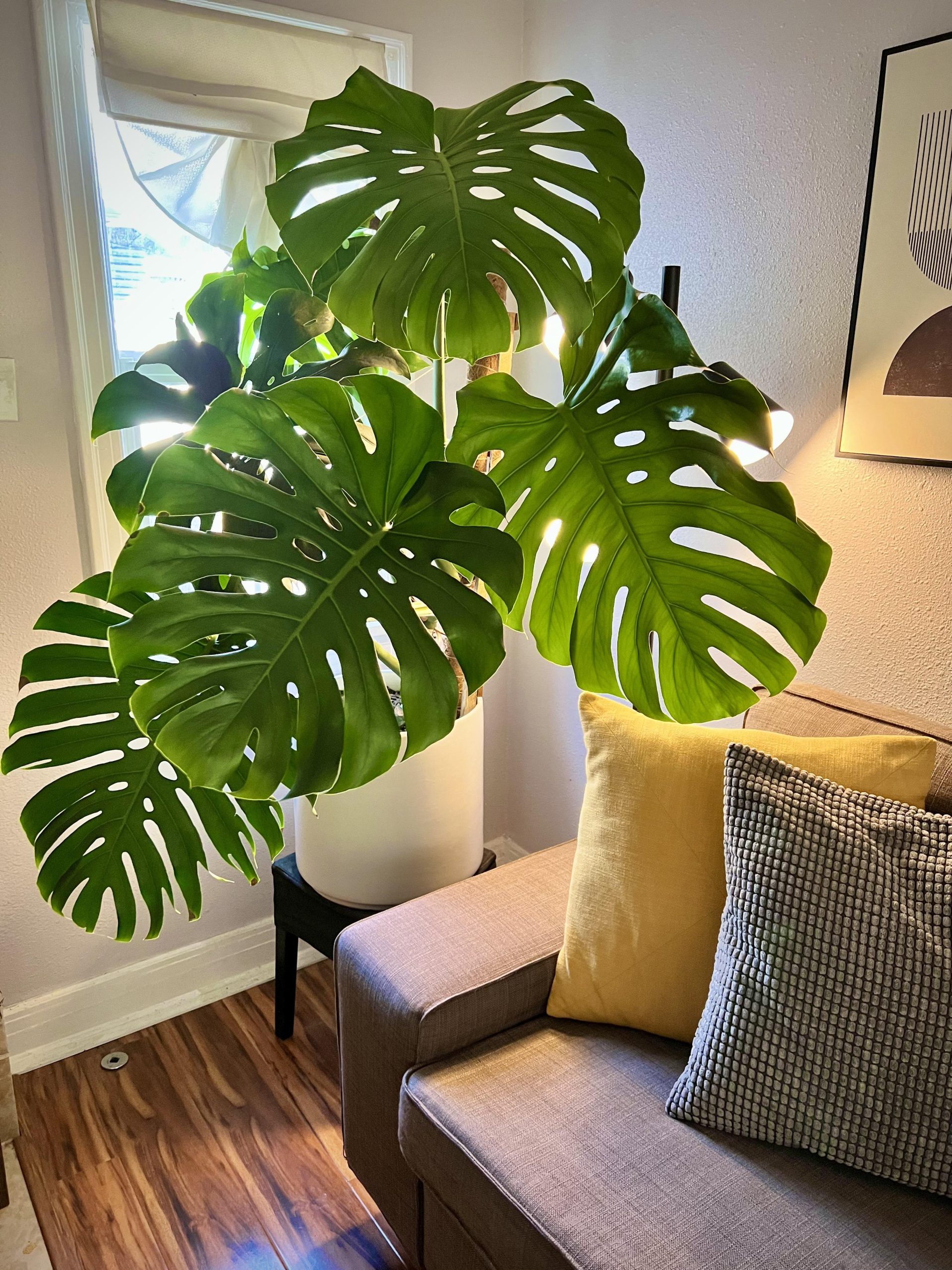
Species
- Anthurium crystallinum (an-THUR-ee-um kris-TAL-ih-num)
- Caladium bicolor (kal-AY-dee-um BI-kul-oor)
- Colocasia esculenta (ko-lo-KAY-see-uh es-kew-LEN-tuh)
- Epipremnum aureum (ep-ih-PREM-num aw-REE-um)
- Monstera deliciosa (mon-STER-uh deh-lih-SHEE-oh-suh)
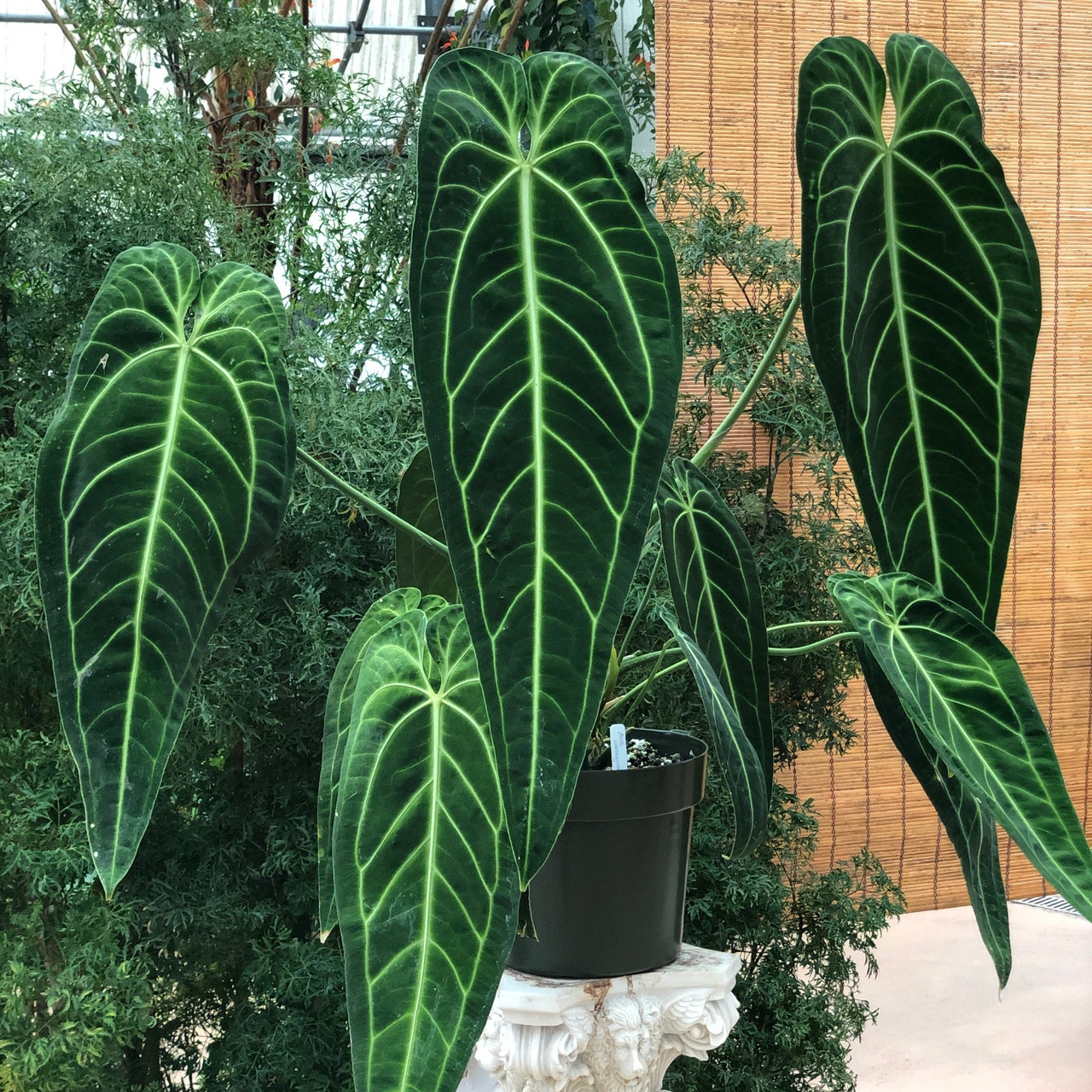
Hearing these related names aids Araceae pronunciation memorization.
Remember the emphasis
No matter the species, put the stress on the second “RAY” syllable:
- ah-RAY-see-ay
Keep vowel sounds short and crisp. This will ensure others can recognize what you’re saying when discussing this prominent plant family.
With a bit of practice, pronouncing Araceae will come naturally!
Uses and cultural significance
Beyond botany, properly pronouncing Araceae has additional importance related to human culture and plant usages:
Staple crops
Many arums are staple crops, like:
Taro
- Scientific name: Colocasia esculenta
- Common in Polynesian, Asian, and African cuisine
- Used to make poi in Hawaiian culture
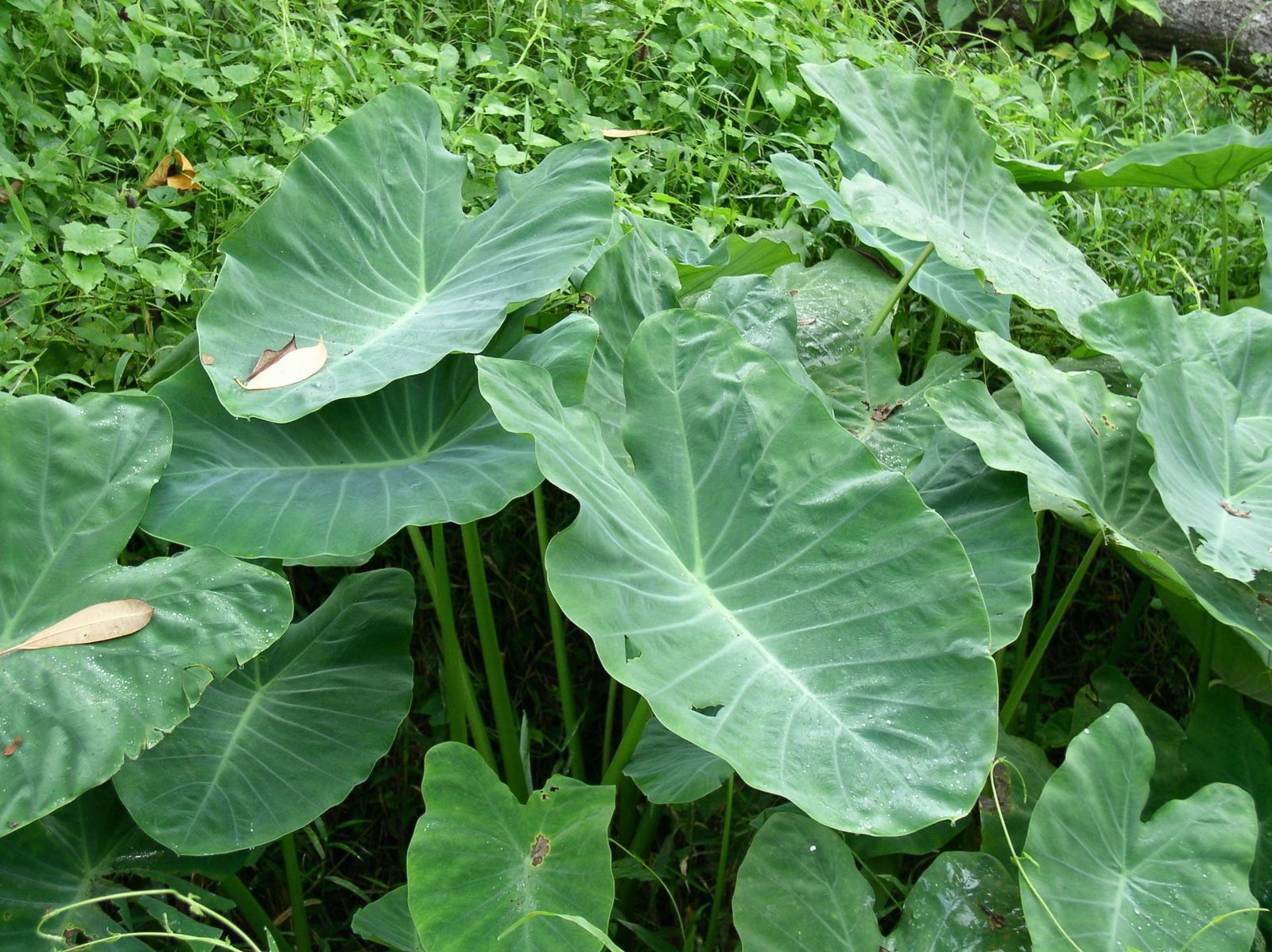
Tannia
- Scientific name: Xanthosoma sagittifolium
- Leaves and corms used like taro
- Popular in Caribbean and African dishes
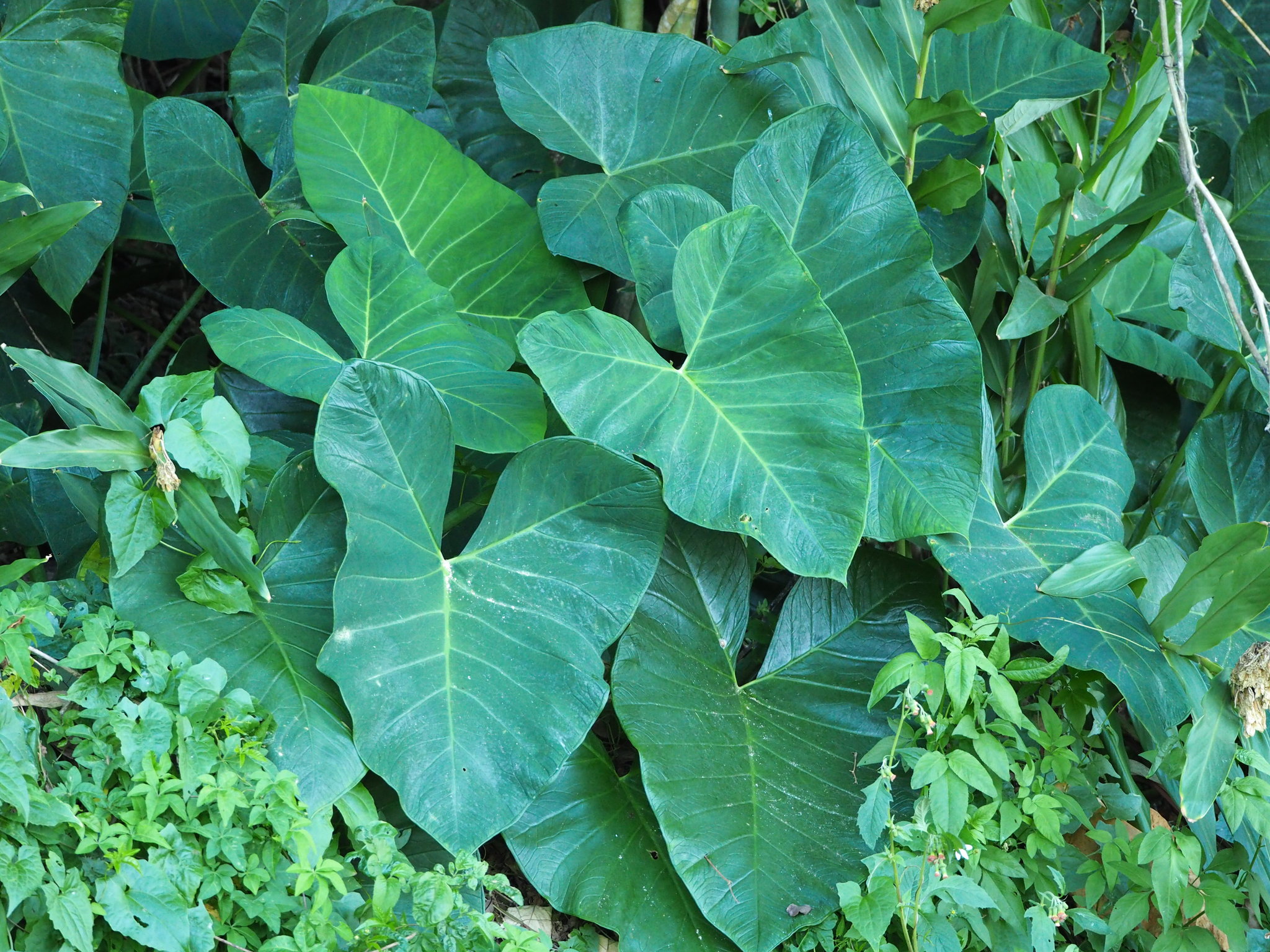
Learning Araceae pronunciation shows respect and understanding for these crops vital to cuisines and livelihoods globally.
Traditional medicine
Various Araceae species have roles in traditional healing systems, including:
Caladium
- Tubers used to treat skin issues, pain, and infections
- Important plant in Brazilian and Peruvian medicine

Golden pothos
- Scientic name: Epipremnum aureum
- Used in Ayurvedic medicine to cool inflammation
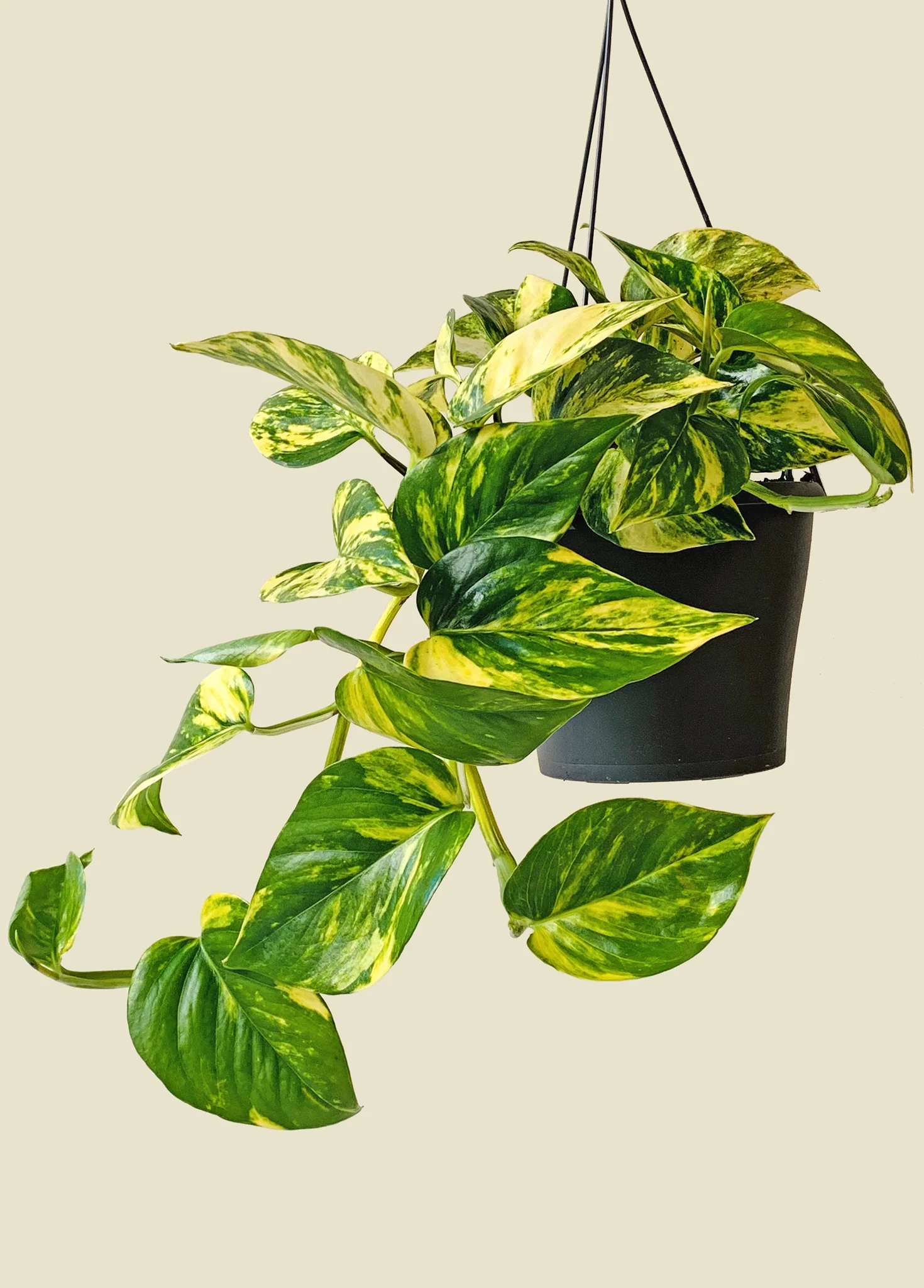
Correct Araceae pronunciation demonstrates knowledge of traditional medical practices relying on these plants.
Cultural symbols
Beyond food and medicine, Araceae appear in cultural myths and motifs:
Arum lilies in decor
- Common motif on fabrics, pottery, etc, especially in the Middle East
- Symbolizes beauty, the fertile crescent, associated with Islamic art
Monstera in literature
- Inspired monsteras in Gabriel Garcia Marquez’s magical realism like “One Hundred Years of Solitude”
- Represents the spiritual blended with the mundane
Skillful Araceae pronunciation shows textual and artistic cultural familiarity.
In cuisine, medicine, and culture – pronouncing this plant family demonstrates respect across contexts.
List of the most sought after rare aroids in 2023
Common misuse and mispronunciations
Araceae is sometimes mispronounced across diverse situations:
In literature and media
Examples across podcasts, videos, books, etc:
- “ah-RAY-see” (leaves off “ay”)
- “ah-RAH-see-ay” (misplaces emphasis)
- “AIR-uh-see-ay” (confuses vowels)
Dropping sounds, moving emphasis, and changing vowels demonstrates unfamiliarity.
In science communication
Instances in presentations, publications, teaching materials:
- “AR-ace-ay” (skips first syllable)
- “ah-rah-CEE-ay” (changes second vowel)
- “ah-ra-KEE-ay” (replaces “cee”)
Missing the first syllable, altering vowels, and substituting sounds implies inadequate pronunciation practice.
At botanical centers
Mispronunciations overheard at gardens, conservatories, nurseries:
- “ah-RAAY-cee-ay” (draws out second syllable)
- “ah-rah-SEE-uh” (incorrect vowel and ending)
- “AIR-ace-ay” (confused first vowel)
Elongating syllables, using “uh” endings, and shifting vowels shows failure to verify accuracy.
By horticulture experts
Lapses heard during lectures, presentations, workshops:
- “ah-RAY-kee-ay” (replaces last vowel)
- “AIR-uh-SEE-ay” (changes first two vowels)
- “a-RAH-see-ay” (drops first vowel)
Modifying endings, multiple vowel shifts, and missing sounds indicates experts can slip up too.
From media to science communicators – imperfect Araceae pronunciation is widespread. But increased rigor avoids misuse.
Approaches for accurate pronunciation
How can curious minds consciously improve Araceae pronunciation? With these evidence-backed methods:
Verify with scholarly sources
Academic texts offer rigorously researched guidance on pronunciation – seek them out to confirm accuracy.
Check reference books
Botany manuals, taxonomy guides, and dictionaries build consensus.
Search peer reviewed papers
Literature around Araceae genetics, phylogeny, and morphology will use correct pronunciation.
Confirm with professional societies
Groups like the International Aroid Society provide definitive standards.
Consult reputable databases
Comprehensive plant databases display preferred pronunciation, for instance:
Tropicos
Missouri Botanical Garden’s taxonomy resource notes standard pronunciations.
JSTOR Global Plants
This major database covers pronunciations for plant families like Araceae.
Relying on meticulously compiled references guarantees precision.
Request reviews from specialists
Asking qualified botanists directly enables personalized feedback:
Seek critiques at conferences
Presenting research allows Araceae experts to chime in.
Email academics and researchers
Look up specialists at universities and science centers to query.
Visit living collections
Gardeners caring for Araceae daily can advise on nuances.
Asking those immersed in this plant family every day drives improvements.
From double checking big resources to personalized input – many channels verify accuracy.
Staying rigorous regarding specialized terminology plants the seeds of ongoing excellence!
Conclusion
While saying “Araceae” correctly takes practice initially, a few tips make proper pronunciation much simpler:
- Emphasize the “RAY” second syllable
- Use short vowel sounds like “ah-RAY-see-ay”
- Avoid inserting extra sounds or shifting emphasis
Beyond speaking botany lingo, skillful Araceae pronunciation demonstrates respect for global cuisines and cultures relying extensively on arum family plants. It also shows rigor in science communication settings expecting expertise.
Checking reference materials, databases, and specialists enables continuous refinement anytime uncertainties arise. Soon enunciating even this less familiar plant family will feel natural as can be!

